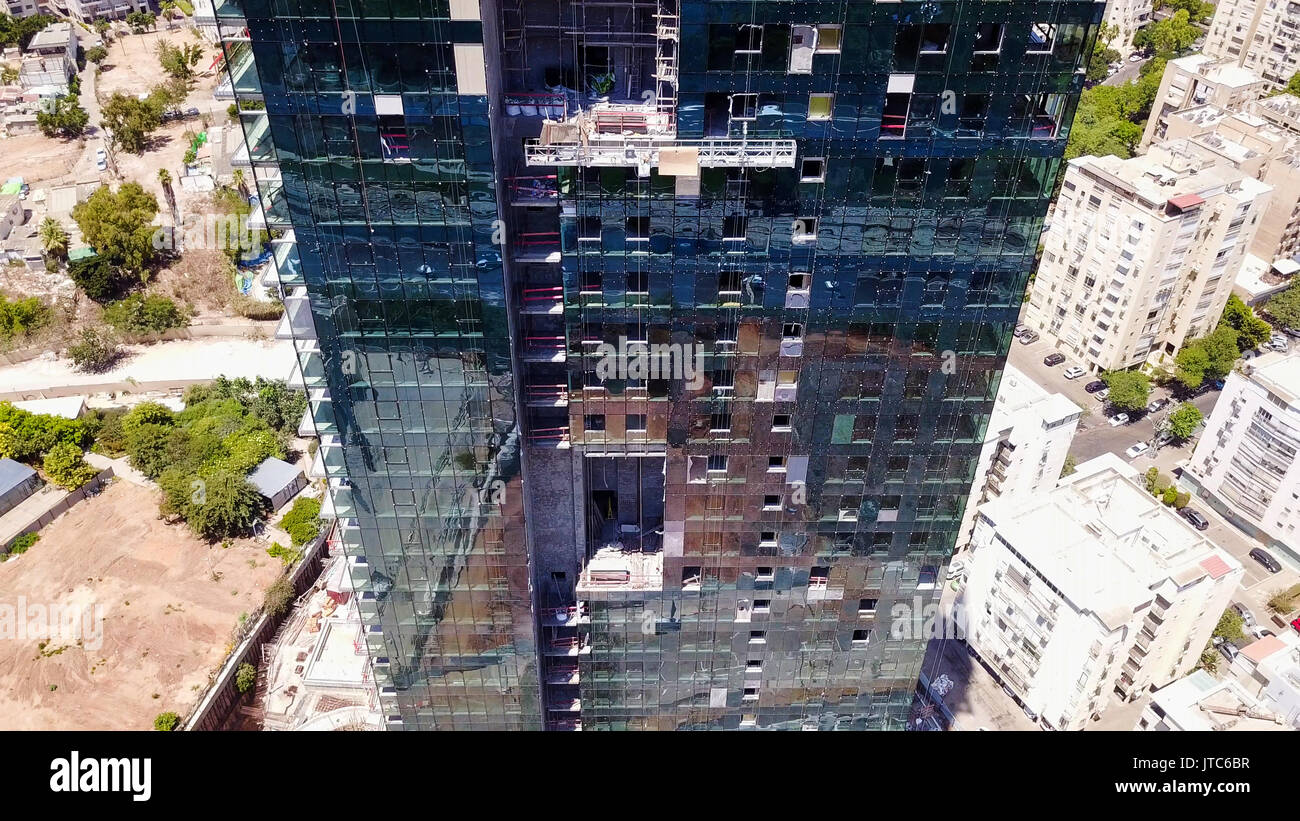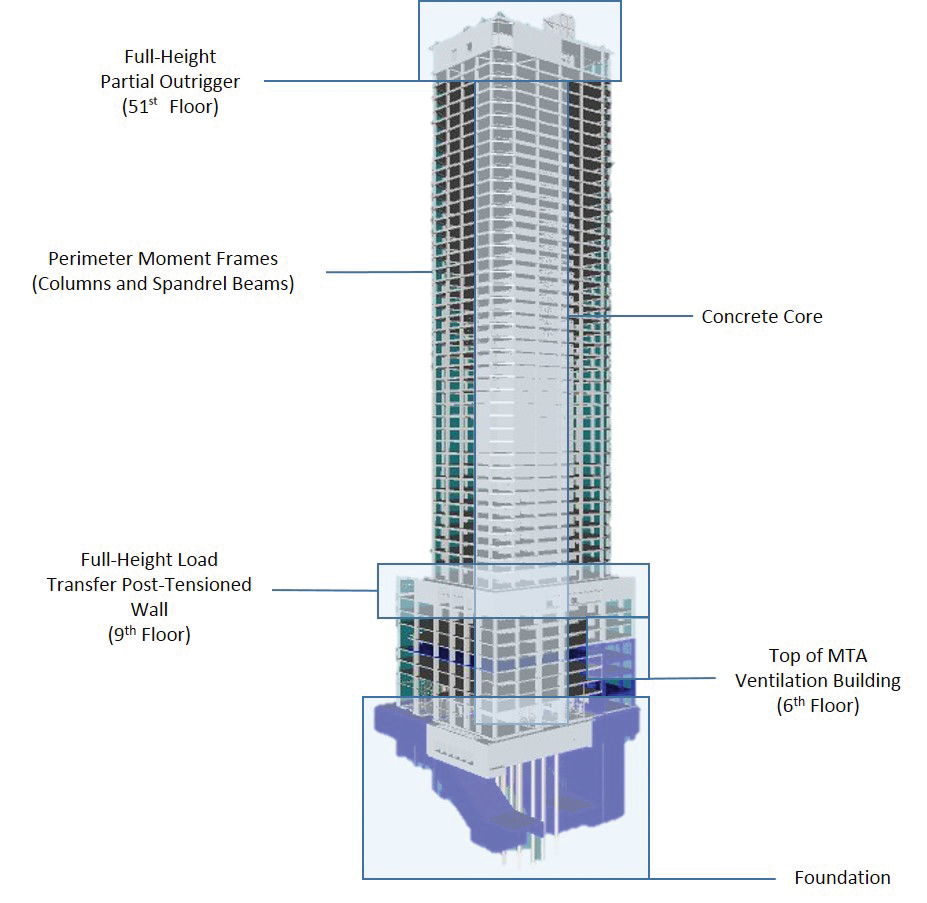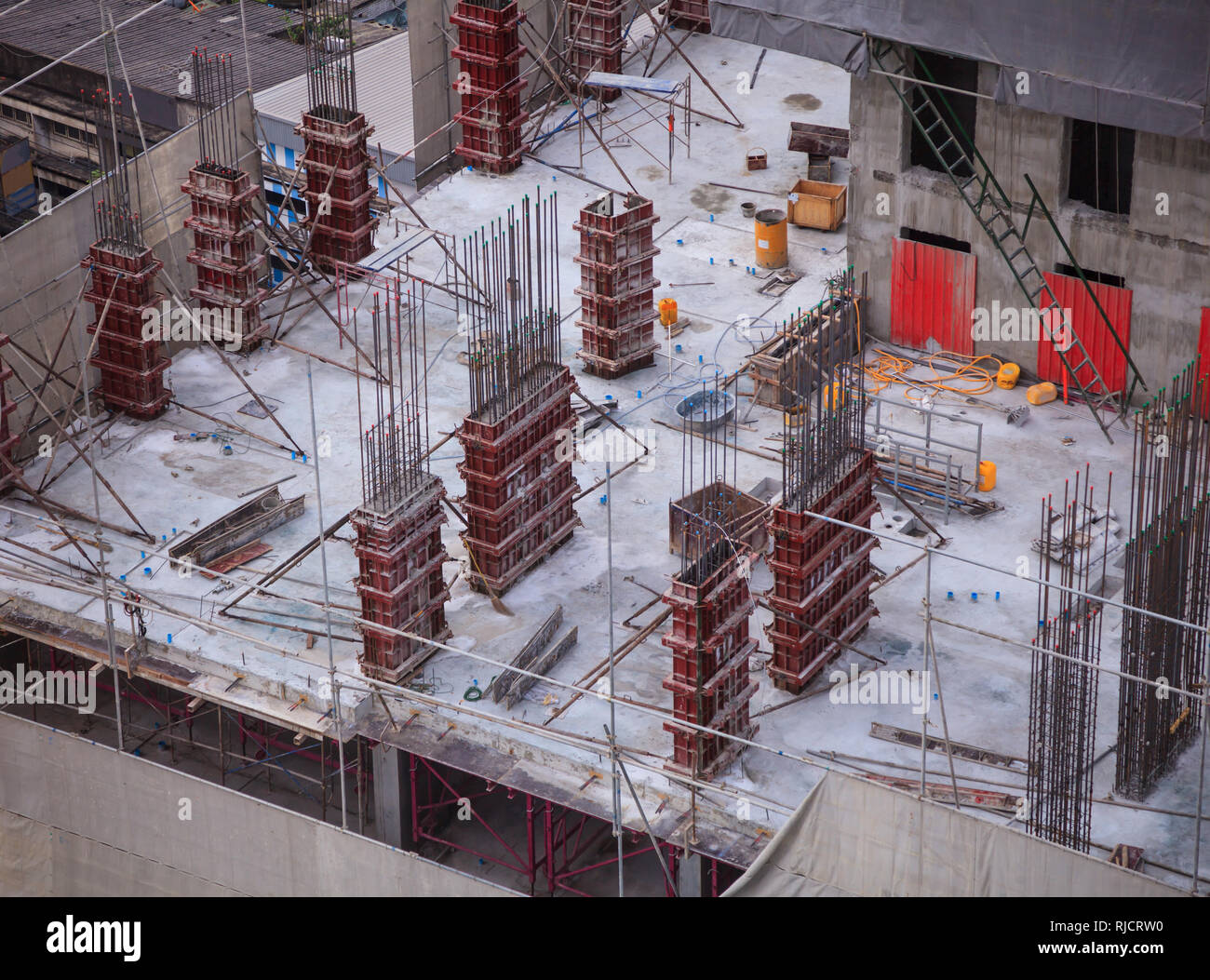


The good news is that because skyscrapers have been around for so long, there have been many methods of maintenance that people have developed. Maintenance can fix these problems, but maintenance for a building that’s 20 stories high or more can be very difficult. You have to perform maintenance on them over time, or you run the risk of having the building start to show signs of age, which can then turn into serious problems that can be intense enough to require evacuations and more in-depth fixes. Designers draw on previous builds and issues that have occurred with other foundations to make sure their foundation has enough strength to stand for long periods of time.īuildings are not something that you can just set and forget. These will all depend on the design, as the original designer will decide which elements are necessary for this specific foundation and which elements aren’t necessary. The foundation has to go before the rest of the building, of course, and it may have to set and cure for many weeks before the rest of the building can even start construction. Next step is to actually build the foundation. A skyscraper with significantly more environmental concerns will have to have a deeper and more secure foundation than a skyscraper with fewer concerns. These are all things that the designer will then consider when creating the design for the skyscraper. Are there any unique environmental threats?.What type of strength is necessary for wind loads?.Does the skyscraper have to consider flooding risks?.Does the foundation rest on sandy soil?.The designer has to ask a lot of questions, including: First, the company who wants to build the skyscraper will bring in an expert who has experience in designing skyscrapers. The first step is to design the foundation.

Here’s what you need to know about how skyscraper foundations work. The foundation for a skyscraper is just as phenomenal as the rest of the skyscraper, and it’s important that you pay attention to it as much as if not more than the rest of the skyscraper. However, there’s even more architectural genius hidden underground. In practice, however, each pile resists load by a combination of end bearing and friction.When you see a skyscraper, it’s only natural to marvel at the architectural genius required for such a tall building. In a friction pile, the amount of load a pile can support is directly proportionate to its length. This is very similar to how a friction pile works. The greater the embedment depth in the ice cream, the more load it can support. Once you have pushed it in, it is strong enough to support some load. To visualise how this works, imagine you are pushing a solid metal rod of say 4mm diameter into a tub of frozen ice cream. In other words, the entire surface of the pile, which is cylindrical in shape, works to transfer the forces to the soil.
Skyscraper foundation good full#
The pile transfers the load of the building to the soil across the full height of the pile, by friction. The load therefore bypasses the weak layer and is safely transferred to the strong layer.įriction piles work on a different principle. The key principle is that the bottom end rests on the surface which is the intersection of a weak and strong layer. In a sense, this pile acts like a column. The load of the building is transferred through the pile onto the strong layer. In end bearing piles, the bottom end of the pile rests on a layer of especially strong soil or rock. If they cannot be built below the frost line, they should be protected by insulation: normally a little heat from the building will permeate into the soil and prevent freezing. These foundations should be built below the frost line, which is the level in the ground above which freezing occurs. This is because water in the soil around the foundation can freeze and expand, thereby damaging the foundation. In cold climates, shallow foundations must be protected from freezing. There are several kinds of shallow footings: individual footings, strip footings and raft foundations. The idea is that each footing takes the concentrated load of the column and spreads it out over a large area, so that the actual weight on the soil does not exceed the safe bearing capacity of the soil. During the early stages of work, the entire footing is visible to the eye, and is therefore called an open foundation. The 'open' refers to the fact that the foundations are made by first excavating all the earth till the bottom of the footing, and then constructing the footing. Shallow foundations are also called spread footings or open footings.


 0 kommentar(er)
0 kommentar(er)
